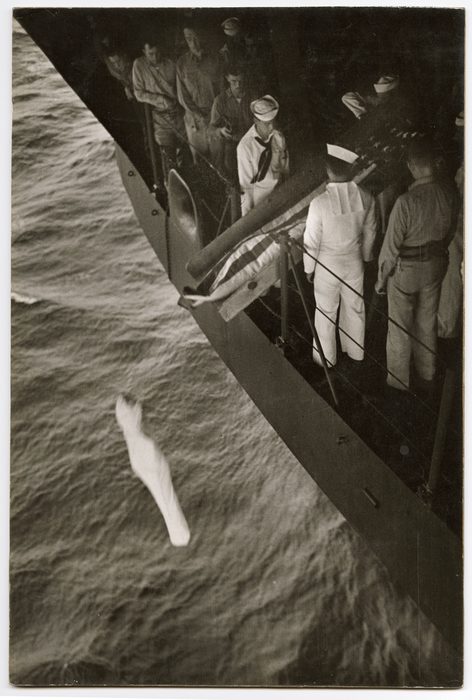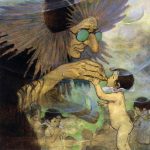
Born on December 20, 1918, in Wichita, Kansas, W. Eugene Smith would go on to become one of the most influential photojournalists of the 20th century. His early passion for photography manifested during his high school years when he built a darkroom in his mother’s basement. Smith’s keen eye and commitment to storytelling through images became evident early on, setting the stage for a career that would redefine the boundaries of documentary photography.
Smith’s journey into photojournalism gained momentum during his time at Notre Dame University, where he honed his skills as a student journalist. His early work revealed an acute sensitivity to the human condition and a commitment to capturing the essence of his subjects. This period of exploration laid the foundation for Smith’s future as a visual storyteller, driven by a deep sense of empathy and a desire to shed light on the realities of the world.
The Magnum Opus
Smith’s association with Magnum Photos, the renowned cooperative agency, marked a pivotal chapter in his career. Joining Magnum in 1955, he embarked on an era of prolific photojournalism that would redefine the genre. His groundbreaking approach to storytelling through the photo essay brought a new level of depth and narrative complexity to the medium.
One of Smith’s most celebrated works, “Country Doctor” (1948), documented the life of Dr. Ernest Ceriani in the small town of Kremmling, Colorado. Through a series of poignant images, Smith captured the challenges, triumphs, and humanity of rural medical practice. This photo essay exemplified Smith’s ability to immerse himself in the lives of his subjects, transcending the surface to reveal the nuanced layers of their stories.
In 1957, Smith embarked on another iconic project, “Nurse Midwife,” documenting the work of Maude Callen in rural South Carolina. These images not only showcased Smith’s technical mastery but also highlighted his commitment to addressing social issues through the lens. The photo essay format became Smith’s signature, allowing him to weave intricate narratives that resonated with audiences and elevated the status of photojournalism as a powerful storytelling medium.
The Price of Truth
Despite the acclaim garnered by his work, Smith’s career was not without its challenges. His unwavering commitment to his subjects and a refusal to compromise on artistic integrity often led to conflicts with editors and publishers. The most notorious example was his departure from LIFE magazine in 1955 after a disagreement over the presentation of his photo essay on Albert Schweitzer.

Smith’s relentless pursuit of truth and authenticity clashed with editorial constraints, leading him to resign and embark on a period of freelancing. This phase, while marked by financial struggles and personal turmoil, allowed Smith to fully explore his artistic vision. The resulting projects, including the influential “Pittsburgh” series (1955-1958), showcased the grit and dynamism of an industrial city undergoing transformation.
Legacy and Beyond
W. Eugene Smith’s life was tragically cut short in 1978, but his legacy endured through the countless photographers he inspired and the transformative impact he had on the field of photojournalism. His dedication to humanistic storytelling and the pursuit of truth through images set a standard that resonates with generations of visual storytellers.
Smith’s influence extended beyond his iconic photographs; it reached into the realm of photo editing and presentation. His innovative use of sequencing and layout in photo essays became a blueprint for future generations of photographers, influencing the way stories were told in both print and visual media.
In honoring his legacy, the W. Eugene Smith Memorial Fund was established in 1979, furthering the support of documentary photography. The annual W. Eugene Smith Grant in Humanistic Photography continues to recognize and celebrate photographers committed to using their craft to shed light on critical social issues.
W. Eugene Smith’s enduring impact lies not only in the images he captured but in the spirit of relentless curiosity, empathy, and uncompromising dedication to truth that he brought to the world of photojournalism. His body of work stands as a testament to the power of visual storytelling to transcend boundaries, fostering understanding and empathy across cultures and generations.




